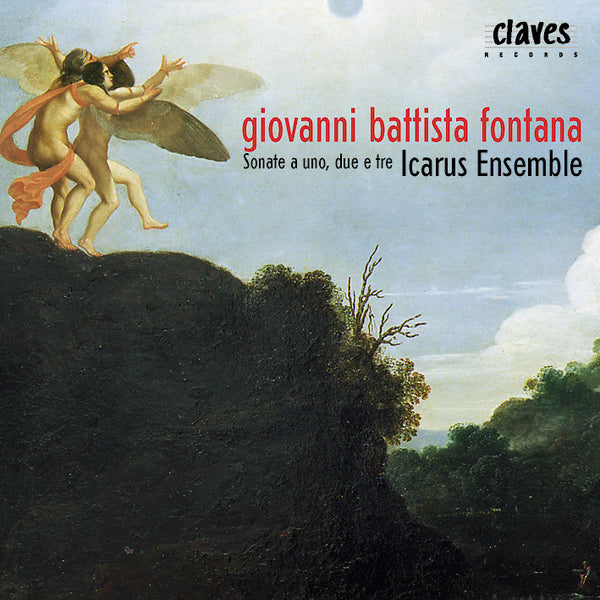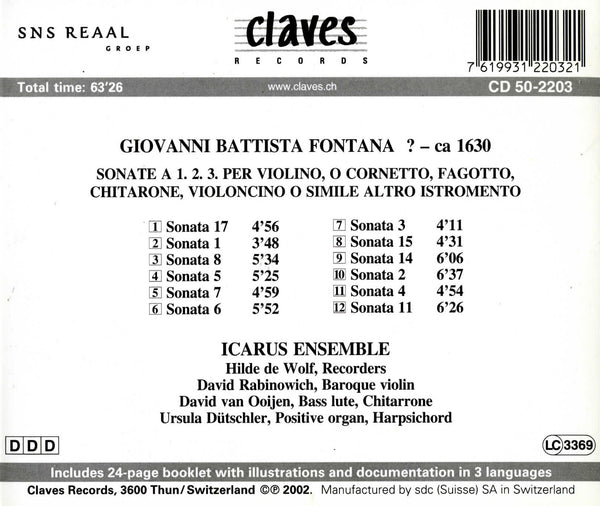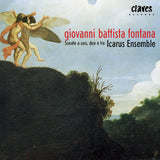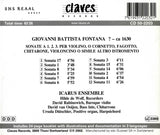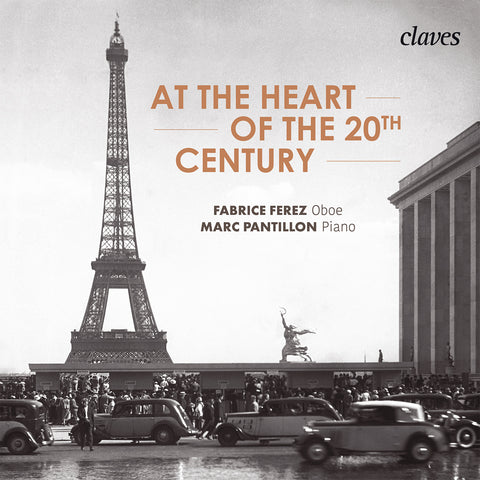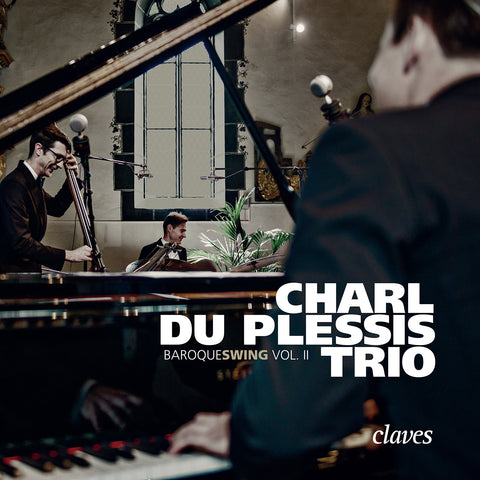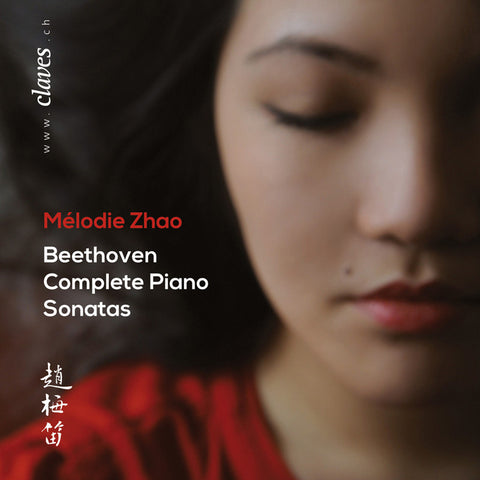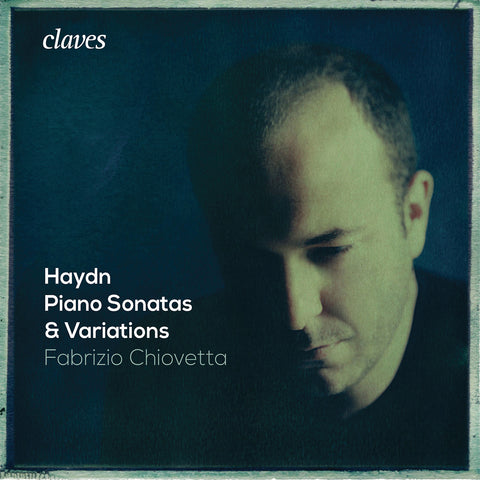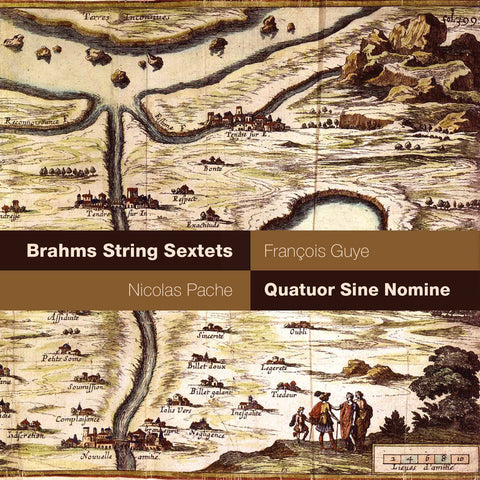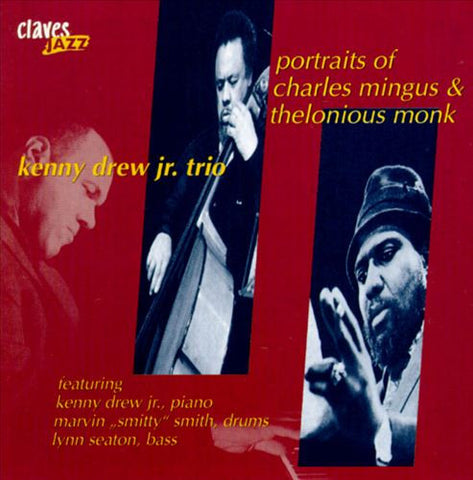(2002) Fontana: Sonate a uno, due e tre
Category(ies): Ancient music Chamber
Instrument(s): Harpischord Lute Recorder Violin
CD set: 1
Catalog N°:
CD 2203
Release: 2002
EAN/UPC: 7619931220321
- UPC: 829410487061
This album is now on repressing. Pre-order it at a special price now.
CHF 18.50
This album is no longer available on CD.
This album has not been released yet. Pre-order it from now.
CHF 18.50
This album is no longer available on CD.
This album is no longer available on CD.
VAT included for Switzerland & UE
Free shipping
This album is now on repressing. Pre-order it at a special price now.
CHF 18.50
This album is no longer available on CD.
This album has not been released yet.
Pre-order it at a special price now.
CHF 18.50
This album is no longer available on CD.
This album is no longer available on CD.
FONTANA: SONATE A UNO, DUE E TRE
Very little is known about the life of Giovanni Battista Fontana. Born between 1580 and 1589, his name appears in the dedication of Cesare Gussago’s Sonate a a quattro, sei, et otto, in which he is mentioned as a violinist with «as much fame in Venice as Orpheus had in Thebes».
The second sonata in this collection is even entitled La Fontana. In the dedication of his own posthumous collection he is described as «one of the most singular violin virtuosos of his time [...] well known not only in his native city, but also in Venice, Rome, and finally Padua, where, like a dying swan, he displayed more marvelously than ever the sweetness of his music».
Fontana’s sonatas are rooted in the old style. The early experiments of the stile nuovo are not fully integrated yet; the improvisational character of Caccini’s monody and the liberal use of chromaticism in Gesualdo’s madrigals have left some traces, but the sonatas owe more to the instrumental canzones by Giovanni Gabrieli and his contemporaries.
All three types of sonatas, for one, two or three solo instruments, have different structures. In the solo sonatas there is most emphasis on the technical idiom of the violin. The sonatas for two instruments have the added element of competition between the two top parts. So here we find more display of virtuoso skill and imitation.
The trio sonatas, finally, are most structured in form. The proportions between duple and triple meter, the balance between serious polyphony, lighter folk song and dance-like melodies and the variety in the instrumentation make these sonatas beautifully constructed and well proportioned.
The Icarus Ensemble, founded in 1991, has earned widespread recognition for their performances of music from the 17th and 18th centuries on original instruments.







